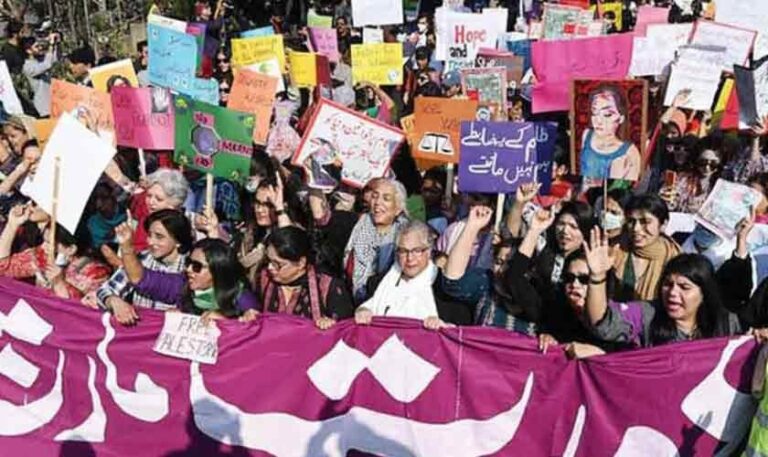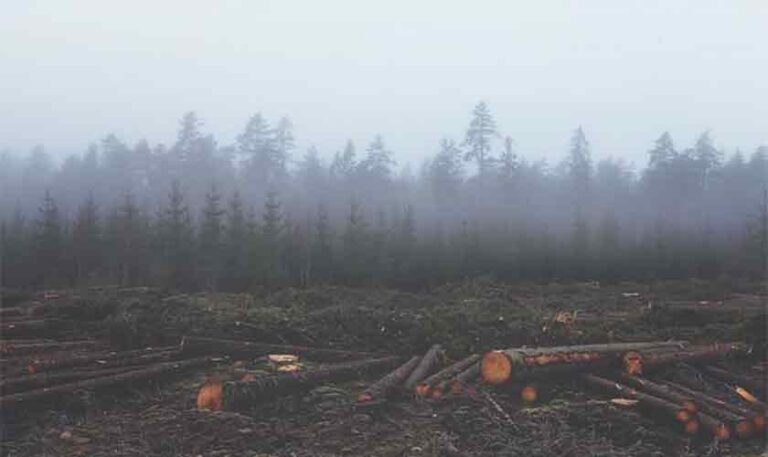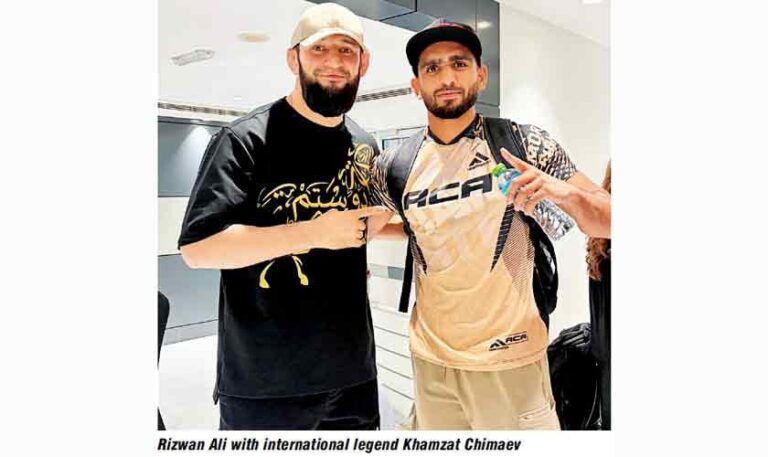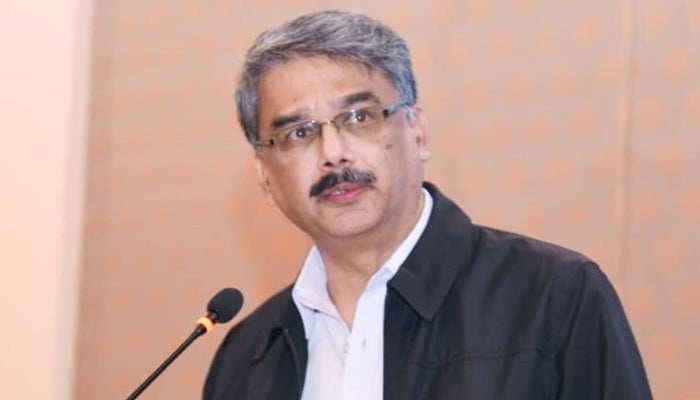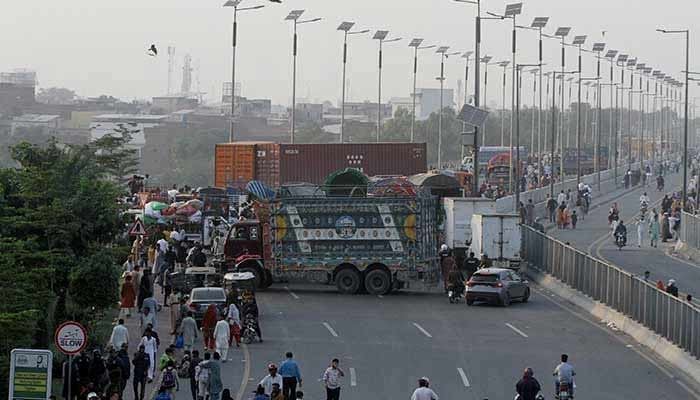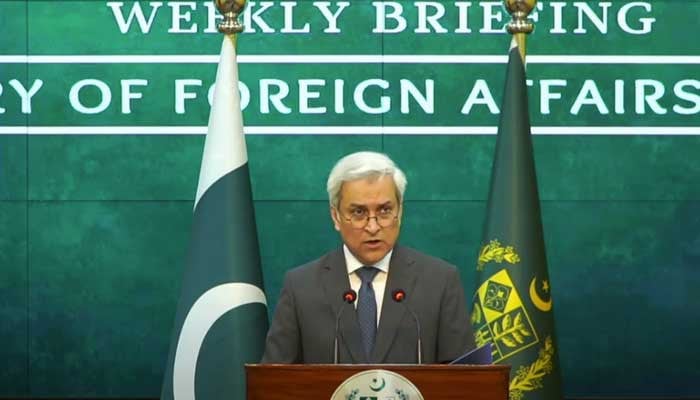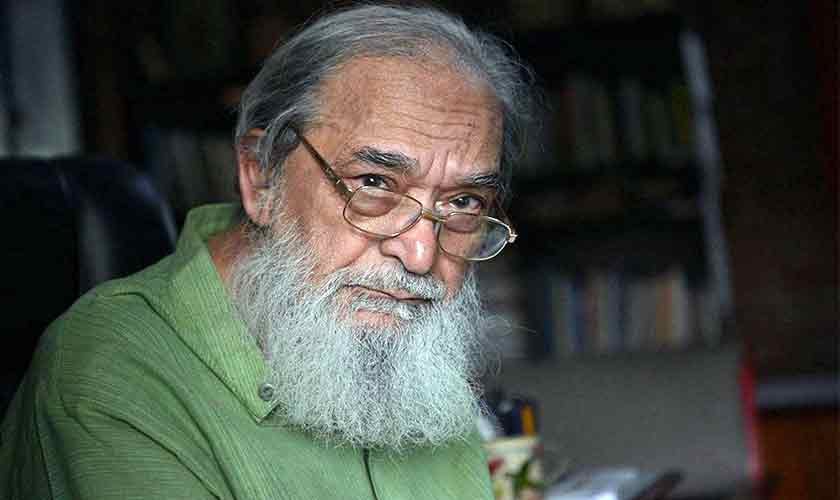
#master #architect #Political #Economy
n a world increasingly defined by rapid industrial expansion, concrete blocks and consumerist paradigms, meeting architect Kamil Khan Mumtaz is like finding an oasis of genuine thought in a desert of recycled ideas.
Over a cup of tea in a peaceful corner of his workplace, his deep vocabulary, cultural insights and extensive architectural experience were contemplated. “I found my calling to explore and understand the wisdom of nature, the ecological cycle, and that should be part of our architectural design in our city landscape.” He begins by recounting his early challenges as an architect and artist. Despite his commitment to rationalism and experimental science, his buildings were misinterpreted as mere imitations of Western modernism. “I was trying to communicate that being modern isn’t about adopting a style, it’s about adopting an attitude,” he said. Whenever his work was dismissed as “following the West”, he felt the sting of misunderstanding. It was in this misinterpretation that he found his first lesson: modernity must be reimagined through the lens of indigenous culture.
The turning point for him, he said, came during an apparently casual conversation with an Iranian architect, Nader Artilan, who shared his writings on traditional Persian architecture. That book, titled The Sense of Unity, was a guide to the answers he was looking for. He felt that the fourth between tradition and modernity was not merely a difference in style or content but a fundamental shift in worldview. “Traditional culture,” he said, “is built on a paradigm that respects its origins. It’s not about rejecting modern ideas, but about recreating them in our heritage.”
Kamil Khan’s vision goes far beyond the realm of architecture. His talk touched on the deep-seated crisis of our time, the unsustainable exploitation of natural resources and the insatiable appetite for industrial production. With unflinching conviction, he condemned the greenwashing tactics of some corporations who hide behind eco-friendly labels while exceeding the maximum. He discovered that the straight path is often the hardest to follow. His work and his words are a beacon for anyone seeking to bridge the gap between modernity and tradition, between industrial and organic.
Kimmel’s ability to weave philosophy, ecology and personal accountability into a single narrative is amazing. His message was clear: the goal of one’s work should not be to change the world, an impossible feat, but to do the right thing, no matter how small the action may seem.
In a world that craves easy solutions and grandiose promises, Kimmel’s honest admission that “we can’t change the world” is both humbling and liberating. It’s not about rewriting history with sweeping gestures, but about living truthfully in the present and taking small, intentional steps toward a future that reclaims nature. “Industrial processes are dangerous not only because they exploit natural elements but also because they produce more than we really need. When we market surplus as a virtue, we lose sight of the delicate balance between nature and our existence,” he said.
Kimmel’s ability to weave philosophy, ecology and personal accountability into a single narrative is amazing. His message was clear: the goal of one’s work should not be to change the world, an impossible feat, but to do the right thing, no matter how small the action may seem. “If you’re stuck in a hole,” he advises, “stop digging.” ” This simple metaphor, armed with the weight of years of introspection, organized his lifelong struggle to rediscover the essence of the human need that modernity often fosters.
In a society enthralled by the promise of the digital revolution and the allure of modernist thought, which rejects absolute truths in favor of subjective relativities, Kimmel’s call for balance resonates deeply. He reminded us that while technological advancements continue to redefine our economic landscape, the core of human existence is in harmony with nature and society. His words are a rallying cry for the youth: use the digital medium to learn the wisdom of indigenous cultures. He spoke of the Kalash, Native American tribes and Australian Aboriginal peoples who see themselves not as masters of nature but as integral parts of it.
There is an almost poetic quality to Kimmel’s narrative: a combination of grief for what has been lost, hope that may yet be regained and an unwavering determination to live in harmony with the world. His journey is one of lofty ideals or utopian dreams, but of practical wisdom rooted in a deep sense of responsibility.
Kamil Khan Mumtaz challenges the idea that one person, or one building, can revolutionize the world.
He urges us to focus on transforming ourselves to embrace our true needs rather than the manufactured desires of a consumerist society. As our conversation drew to a close, I couldn’t help but feel that I had witnessed not only the vision of a master architect, but the heart of a visionary that has long grown beyond the existential crises of our times.
The author is a student and climate change activist
